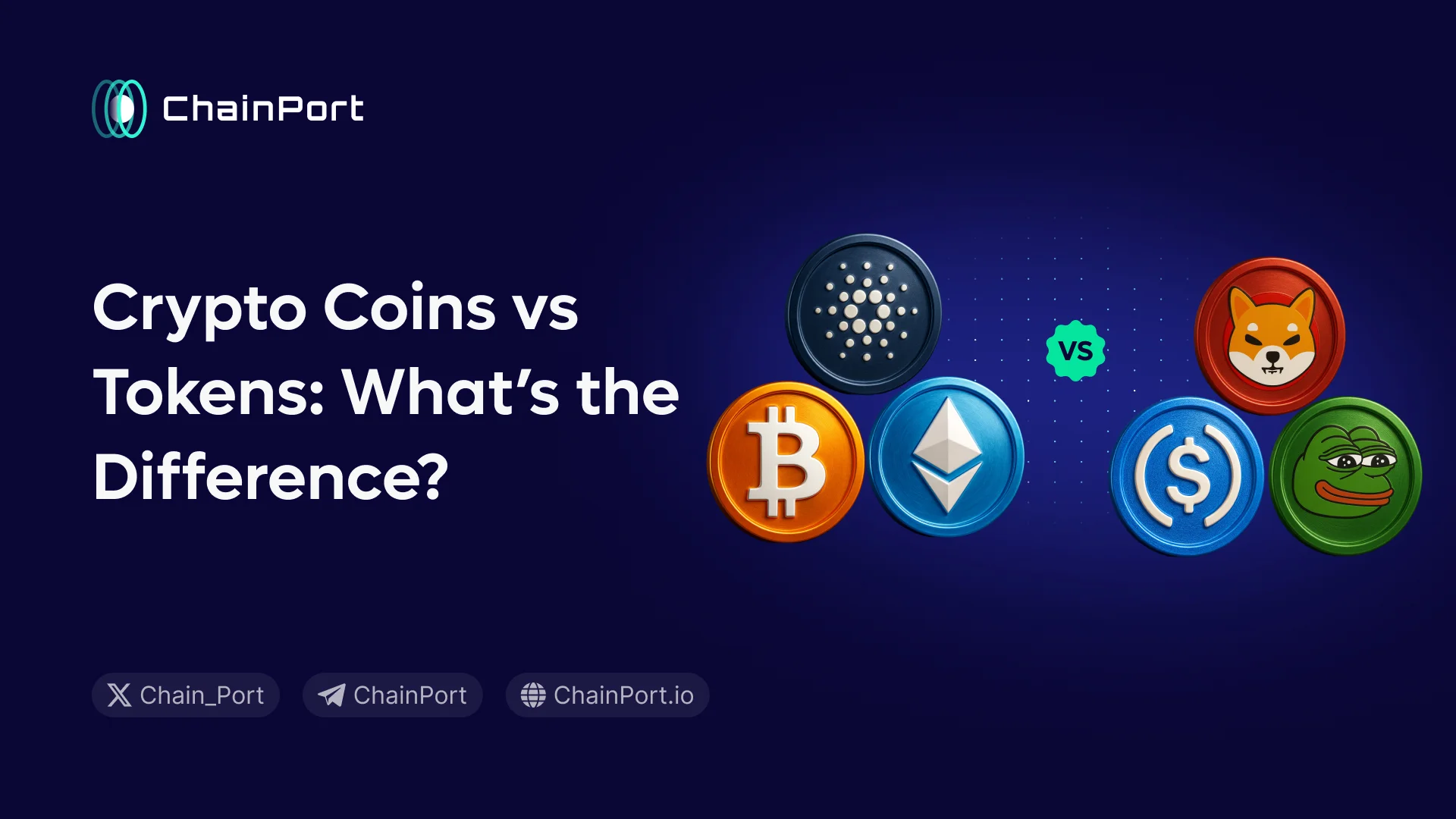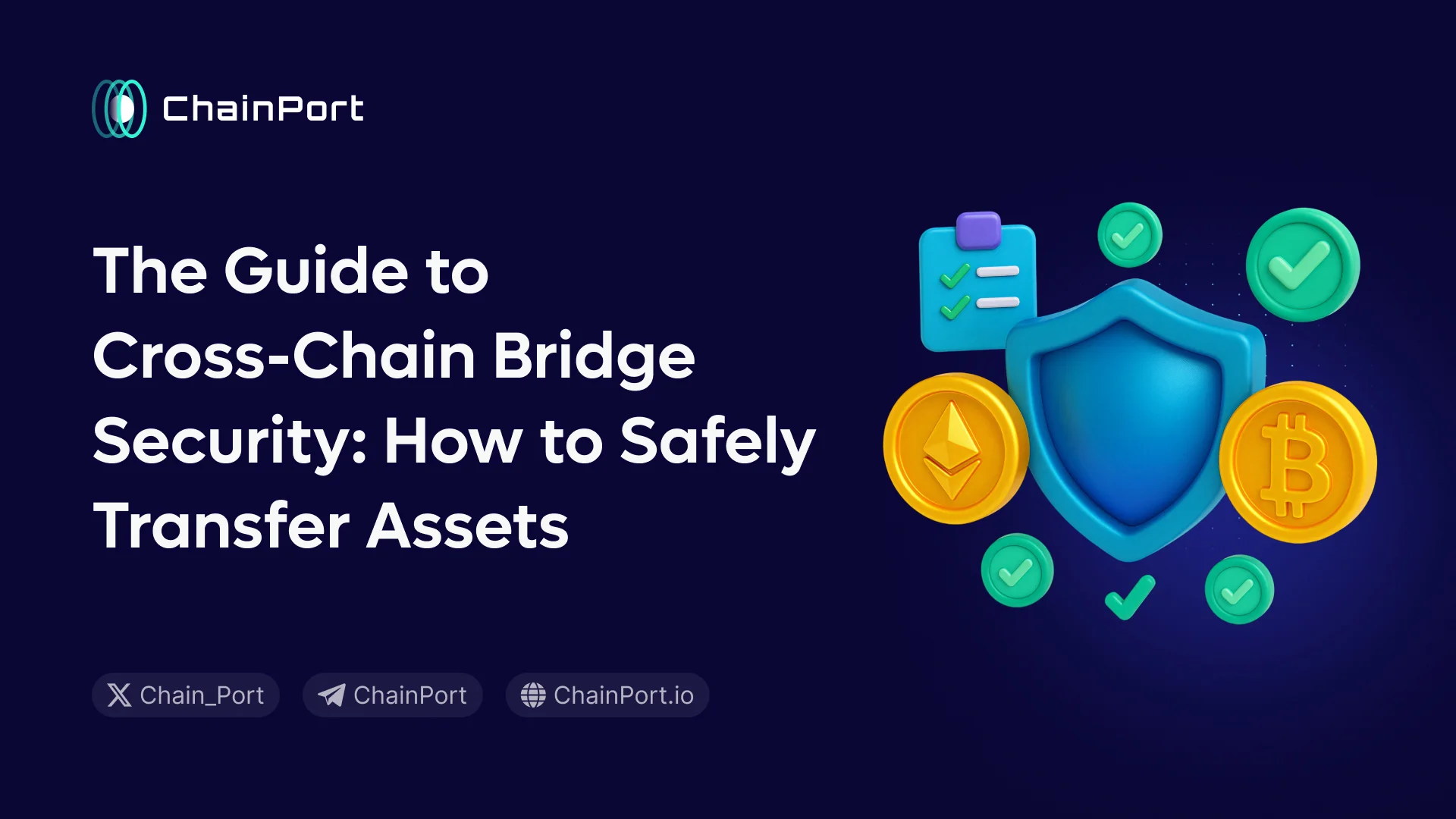tl;dr
- Coins are native blockchain assets, used for payments, fees, and securing networks.
- Tokens run on existing blockchains, serving roles like stablecoins, memecoins, or utilities.
- Coins are more secure as they rely on their blockchain; tokens depend on smart contracts and face more risk.
- Coins suit long-term investing; tokens are riskier, often short-term and hype-driven.
What is a Coin?
Sometimes referred to as gas tokens, a coin is the native digital asset of a blockchain and is primarily used for value transfer or paying transaction fees on the network.
Coins like Bitcoin, Ethereum, and Solana serve as the fundamental units of exchange within their respective ecosystems. Unlike tokens, which are often built on top of existing blockchains, coins are tied directly to the protocol itself.
Coins are essential for securing the network through mechanisms like proof-of-work or proof-of-stake and act as incentives for validators or miners.
What is a Token?
A token is a digital asset built on top of an existing blockchain, such as Ethereum or Solana, and can serve many purposes beyond simple payments.
Unlike coins, which are native to their blockchains, tokens represent assets, rights, or functions within a project’s ecosystem. They come in many forms: stablecoins like USDC maintain price stability, memecoins such as Pepe and Shiba Inu thrive on community hype, and utility tokens like Chainlink’s LINK provide essential functions such as paying node operators.
This diversity makes tokens central to DeFi, NFTs, governance systems, and broader Web3 innovation.
Differences in Function and Security
Coins and tokens differ in both function and security.
Coins are native to their blockchains (e.g., Bitcoin, Ether) and primarily serve as mediums of exchange, stores of value, or gas for transaction fees. They inherit the full security of their underlying blockchain, often backed by large, decentralized validator or miner networks.
Tokens, by contrast, are built on top of existing blockchains using smart contracts. Their function varies widely, from stablecoins and utility tokens to governance and NFTs. The security of tokens depends not only on the host blockchain but also on the smart contract’s code, making them more vulnerable to exploits.
Choosing Between Coins and Tokens as an Investment
When deciding between coins and tokens as investments, it’s important to weigh risk, volatility, and time horizon.
Coins like Bitcoin, XRP, and Ethereum are typically seen as stronger long-term investments. They are backed by established blockchains, broad adoption, and deep liquidity, making them more resilient during market downturns and well-positioned for steady growth over time.
Tokens, however, are generally far more volatile. While many can spike dramatically in value during “alt seasons,” when investor speculation drives rapid gains, they also carry a much greater risk of collapsing to zero due to weak utility, poor distribution, or failed projects.
Tokens often work best for short-term strategies, while coins serve as more reliable, long-term stores of value. Both can be profitable investments depending on timing, but coins build lasting ecosystems, whereas many tokens thrive on hype and momentum.
FAQ
Do tokens require mining?
No. Tokens are issued through smart contracts on existing blockchains and don’t require mining.
Can a token become a coin?
Yes. If a project launches its own blockchain, its token can migrate and become a native coin.
What are stablecoins, and how do they fit in?
Stablecoins are tokens pegged to stable assets like the US dollar. They provide price stability and are widely used in trading, payments, and DeFi.
Are tokens subject to different regulations than coins?
Tokens may be classified as securities depending on the jurisdiction and their function, while coins like Bitcoin are usually treated as commodities or assets.






